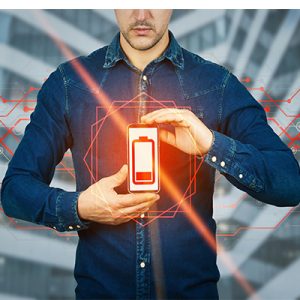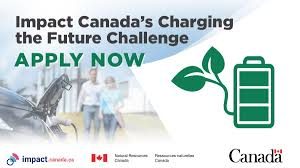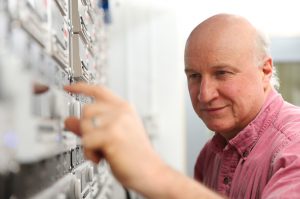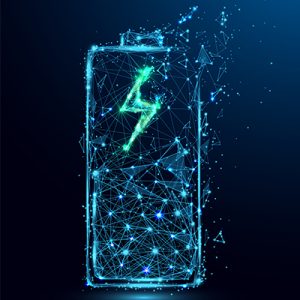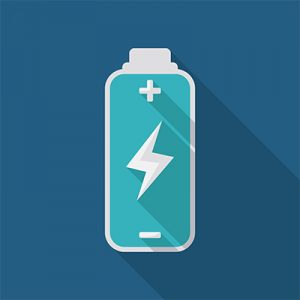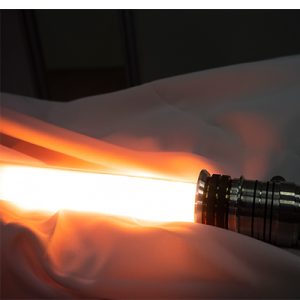 In “The Lightsaber Battery,” author Richard Rogers asks if recent electric vehicle battery research makes a lightsaber battery possible. After reviewing Star Wars technology and the current state of battery technology, his conclusion is a conditional yes! However, the final stage of light saber development depends on a Kyber crystal which amplifies and channels the cosmic energy of the Force. Unfortunately, a crystal like that hasn’t been discovered in our universe yet.
In “The Lightsaber Battery,” author Richard Rogers asks if recent electric vehicle battery research makes a lightsaber battery possible. After reviewing Star Wars technology and the current state of battery technology, his conclusion is a conditional yes! However, the final stage of light saber development depends on a Kyber crystal which amplifies and channels the cosmic energy of the Force. Unfortunately, a crystal like that hasn’t been discovered in our universe yet.
Star Wars fans and electric battery developers do not despair! The need for longer-lasting electric vehicle batteries has raised cycle life goals similar to the lightsaber’s requirements—and electrochemists are rising to the challenge! That galaxy “far, far away” is coming closer and closer. (more…)




